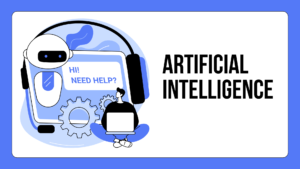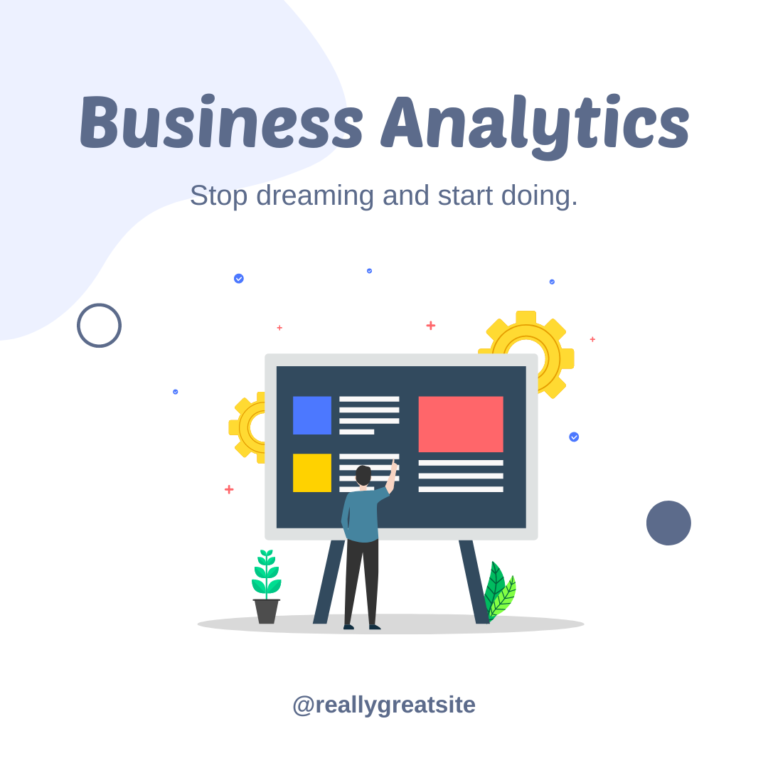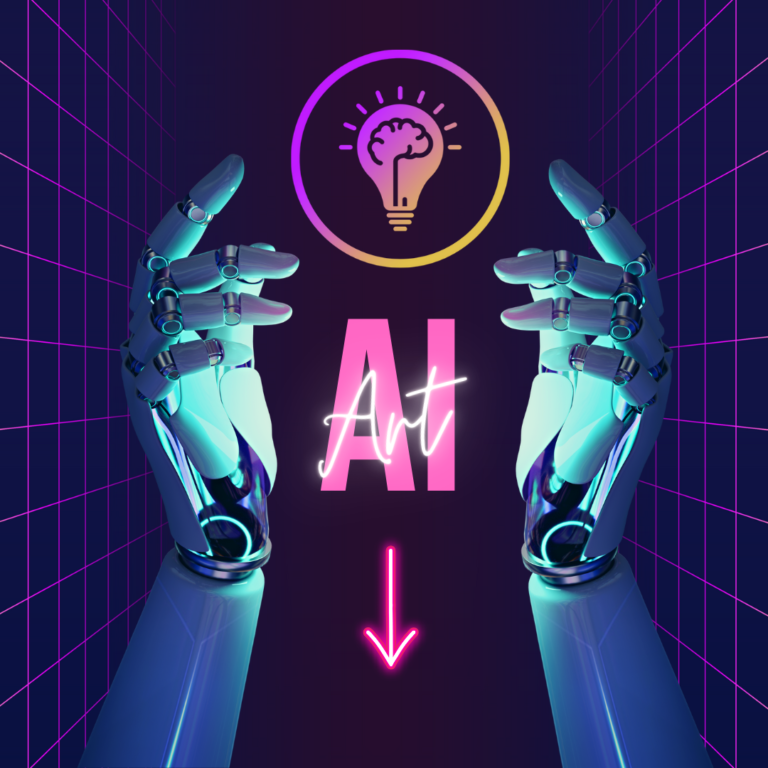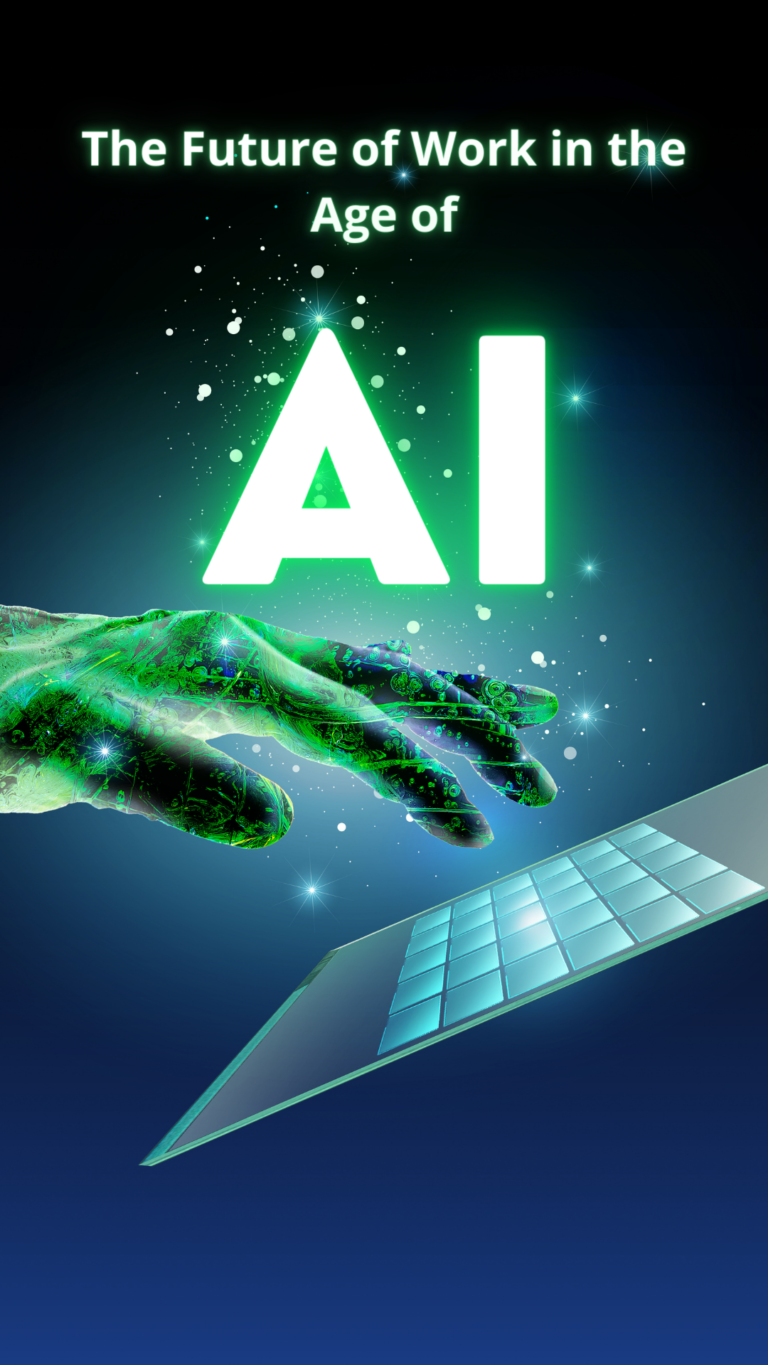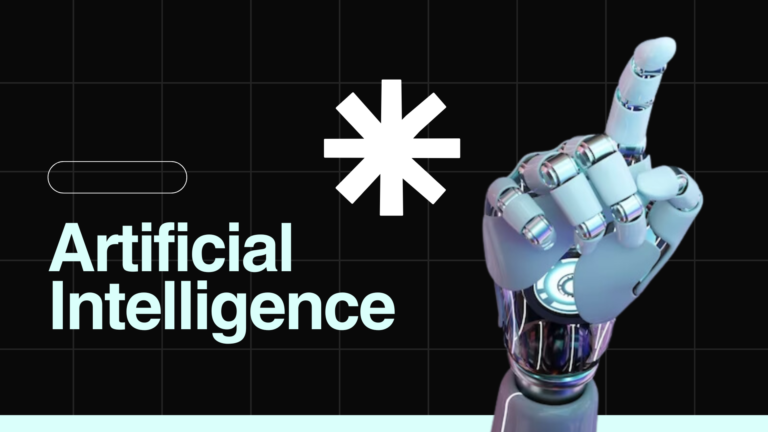AI Vision: Turning Text into Pictures
How Artificial Intelligence Converts Language to Visuals
AI Text-to-image models are fascinating resources for creativity and inspiration. But at the same time they are at risk of spreading misinformation carry risk pertaining to bias and safety. In this article we will be talking about responsible AI practices and how to make best us of it in a safe manner. To make sure that an image was created by Imagen or Parti, recognizable water marks are to be used. To gain understanding about the model’s biases and about how different cultures and people are represented, apart from looking into potential mitigations, experiments are also being done.
An AI text-to-image model is a type of machine learning model that generates an image that corresponds to a natural language description provided as input.
Thanks to developments in deep neural networks, text-to-image models were first created in the middle of the AI boom in the 2010s. In 2022, the output of cutting-edge text-to-image models started to be compared to real photographs and hand-drawn artwork, including OpenAI’s DALL-E 2, Google Brain’s Imagen, Stability AI’s Stable Diffusion, and Mid journey.
Typically, text-to-image models integrate a generative image model that creates an image conditioned on the latent representation of the input text and a language model that converts the text into a model. The most efficient models have typically been trained on enormous volumes of text and images.
How Imagen and Parti functions
Parti and Imagen expand upon earlier models. Transformer models have the ability to comprehend the relationships between words in a sentence. They form the basis of our text-to-image models’ text representation. A method is employed by both the models to produce images which will align with the text. Imagen and Parti even though their approaches are different they work well together with comparable technologies.
A Diffusion model called Imagen learns to create images from a pattern of randomly placed dots. These photos have a low resolution to begin with and gradually increase in resolution. In recent times, diffusion models have demonstrated efficacy in a variety of image and audio tasks, including text-to-speech synthesis, image uncropping, image recoloring, and image enhancement.
Parti’s method first turns a set of images into a series of code entries that resemble puzzle pieces. After this the code entries are converted into text which are then turned into images. The method used is important for processing lengthy,intricate text prompts and generating high-quality images because it makes use of the infrastructure and research already in place for large language models, like PaLM.
There are numerous restrictions on these models. For instance, neither can accurately place objects based on precise spatial descriptions (e.g., “a red sphere to the left of a blue block with a yellow triangle on it”) nor reliably produce specific counts of objects (e.g., “ten apples”). Additionally, the models start to falter as prompts get more complicated, either adding or omitting details.
A number of issues, such as inadequate data representation, unclear training materials, and low 3D awareness, contribute to these behaviors. By using more comprehensive representations and more efficient integration into the text-to-image generation process, we seek to close these gaps.
Training and architecture
High-level architecture showcasing prominent models and applications as well as the most advanced AI machine learning models available as a clickable SVG image map
Several different architectures have been used to build text-to-image models. Recurrent neural networks, such as long short-term memory (LSTM) networks, can be used for the text encoding step; however, transformer models are now a more common choice. Conditional generative adversarial networks (GANs) have been widely used for the image generation step, while diffusion models have also gained popularity recently. A common method is to train a model to produce low-resolution images and then use one or more auxiliary deep learning models to produce high-resolution images conditioned on a text embedding, as opposed to directly training a model to do so.
Data collection
To train text-to-image models three publicly available datasets containing captions and sample images are used .
A dataset of images and text captions is needed to train a text-to-image model. The dataset which is the most used is COCO/. COCO was released by Microsoft in 2014. It is made up of about 123,000 photos of various objects with five captions each that were created by human annotators. Oxford: 120 CUB-200 and flowers Birds are smaller datasets that contain only flowers and birds, with each dataset having about 10,000 images.
Assessment of quality
Assessing various desirable properties is a problem in evaluating and comparing text-to-image model quality. The images that are generated are to automatically align with the text that was used to generate them, which is one of the mist important requirement. Many algorithms have been developed to evaluate these attributes; some are computerised, while others rely on human opinion.
A common algorithmic metric for assessing image quality and diversity is the Inception Score (IS), which is based on the distribution of labels predicted by a pretrained Inceptionv3 image classification when the text-to-image model is applied to a sample of images produced by it. The image classification model raises the score when it accurately predicts a single label with a high probability, aiming to favor “distinct” generated images.
Effects and uses
AI has the potential to drastically change society in a number of ways. For example, it could allow amateurs to create more noncommercial niche genres (like cyberpunk derivatives like solarpunk), provide fresh entertainment, quickly prototype ideas, increase the accessibility of art-making, and produce more art per effort, expense, or period of time. Generated images can occasionally be used as prototypes, low-cost experiments, sources of inspiration, or illustrations for concepts that are still in the proof-of-concept stage. Enhancements or the extra features that are seen could be the results of post manual editing, polishing by using image editor .
What’s next after Googles text to image model?
We’ll continue to develop innovative concepts that bring the best features from both models together, and we’ll branch out to include ancillary functions like text-based image generation and editing. In order to be consistent with our Responsible AI Principles, we’re also keeping up our thorough comparisons and assessments. Our mission is to responsibly and safely introduce user experiences built around these models into the world, encouraging innovation.


